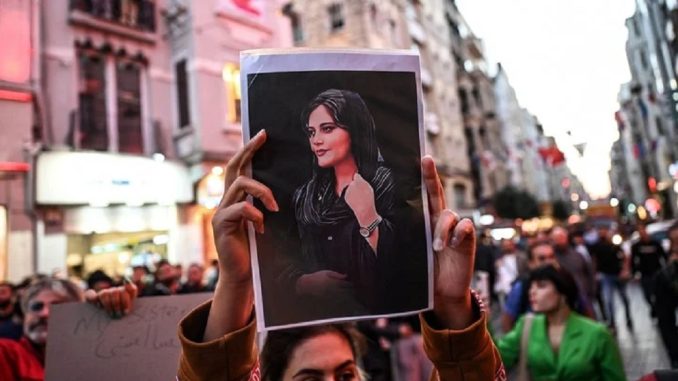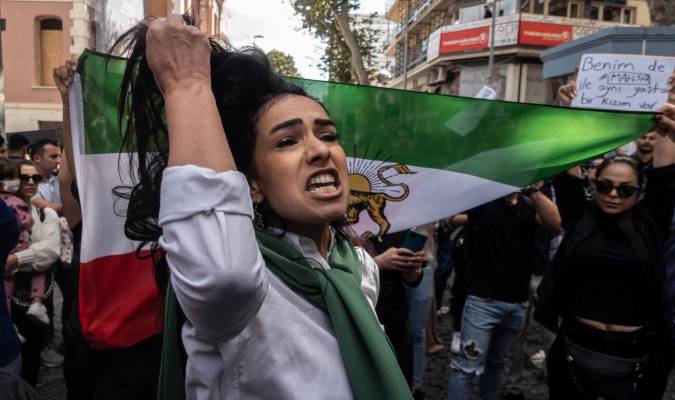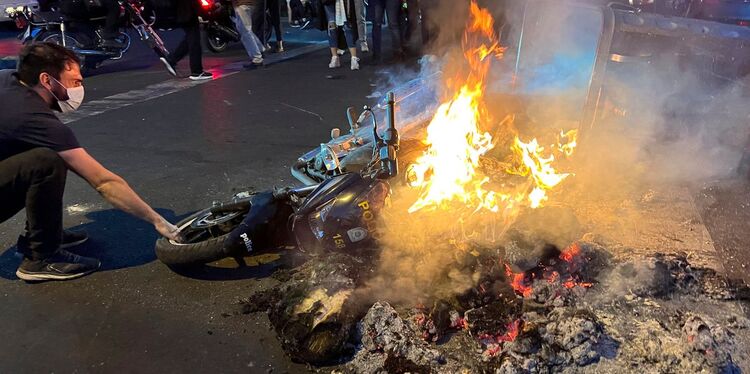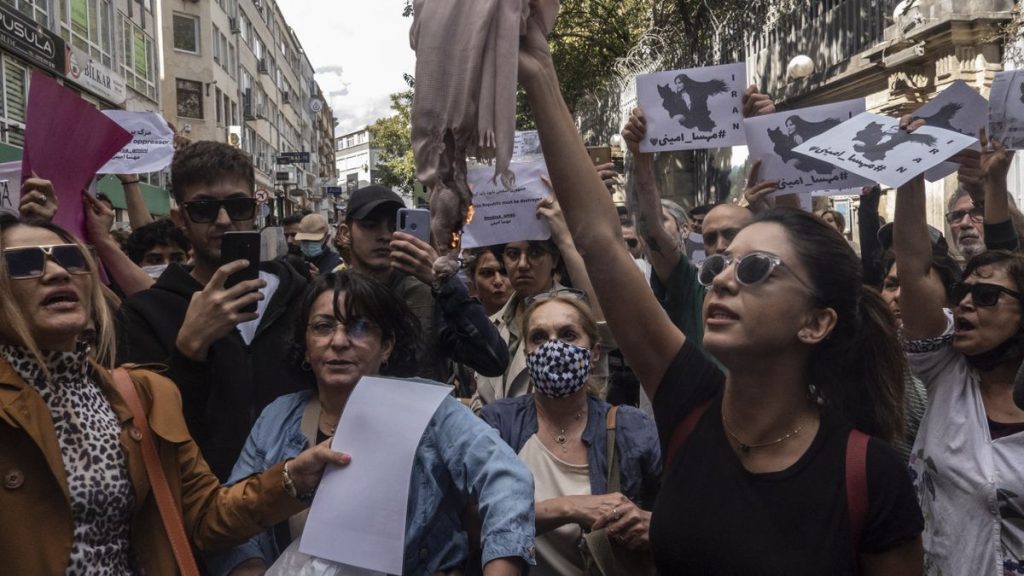
The death of a young woman at the hands of the religious police caused a great wave of indignation, first in the Kurdish region and then throughout the country. At the time this article was published, the repression and clashes had already caused eight deaths – including one policeman – and more than a hundred persons were injured. The anger against the reactionary Iranian theocratic regime is growing.
By Pablo Vasco
Mahsa Amini was only 22 years old, of Kurdish origin and was arrested by the Morality Police in Tehran for wearing her hijab “incorrectly”. While the wearing of the Islamic headscarf has been mandatory in Iran since 1979, last August the fundamentalist government issued an even stricter control decree, including the persecutory use of facial recognition technology. It did so in response to demonstrations by hundreds of women in the streets and on social media in the wake of July 12, the obscurantist “national day of hijab and chastity.”
After two hours of blows to the head during her transfer by van to the headquarters of the “Headquarters for the Promotion of Virtue and Prevention of Vice,” the Iranian religious police, Mahsa suffered a cerebrovascular attack and went into a coma. She was admitted to a hospital and died two days later. An envoy of Supreme Leader Ali Khamenei met with the young woman’s family and promised a “thorough investigation”, in order to calm the situation down. At the same time, and along with the direct repression, the government cut the internet service to prevent the dissemination of images of the struggle.
Mahsa symbolizes two of the oppressions in force in the Persian country: against the Kurdish nationality and against women and LGBTI people. As soon as her death was known, numerous popular protests were unleashed in Iranian Kurdistan and later in the capital and other localities, with the student youth at the forefront. Thousands of women cut their hair, took off their hijabs and even burned them in public, while in several cities the demonstrators carried out lightning protests and even faced violent police repression. Among other slogans, in the streets they chant “Woman, life, freedom!” and “Death to the dictator!”



Down with the dictatorship of the mullahs
The explosiveness of the social and political situation in the Islamic Republic of Iran has been building up for several years and the assassination of Mahsa was a new trigger. In November 2019, major demonstrations took place across the country after the government increased fuel prices. In June 2021, Ebrahim Raisi of the Combatant Clergy Society party won the presidency. All candidates must first be cleared by the ultra-conservative Council of Elders (mullahs, clerics) and less than half of the electorate voted in that election.
In July 2021, thousands of workers in oil, sugar and other industries went on strike over demands for wage arrears, raises, improved working conditions and freedom of union organization. The Government’s answer to the strike was brutal repression, just as it did to other social protests for the serious lack of water and electricity in the south and center region of the country.
Last May and June, after the announcement of a government plan of “economic surgery” and the reduction of subsidies for basic needs, the population took to the streets of Tehran and other cities once again. Half of the country’s more than 80 million inhabitants live below the poverty line. And the official inflation rate is around 40% per year, but is estimated to be between 50 and 60%.
Social deterioration is the basis of the growing discontent, which shows a convergence of action among the working class, popular sectors, women and youth, in defense of social, democratic and gender rights. At this moment, in the Kurdish regions of Iran, a general strike has been called and in the rest of the country protests and mobilizations continue.
The task of revolutionaries is to support the current Iranian rebellion, the demand for justice for Mahsa and the advance of workers, students and social organization. This rise opens up better conditions to forge a revolutionary socialist leadership, which will fight to overthrow the dictatorship and establish in Iran a government of the workers and the people, in the perspective of a Socialist Federation of the whole Middle East.








